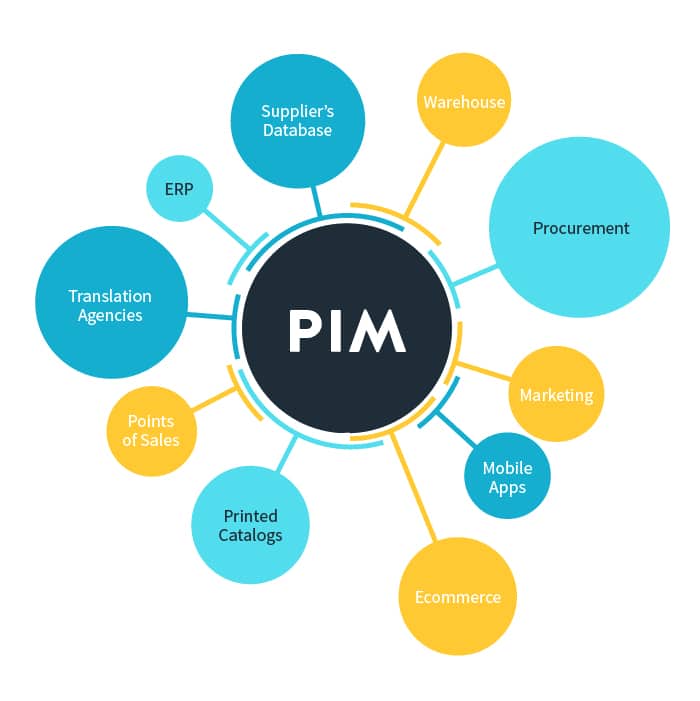In my years working in merchandising, I’ve handled a wide range of assortments, and one lesson stands out: having a robust database for all product information is not just helpful—it’s essential. This is where Product Information Management (PIM) systems come into play. A PIM system is all about consolidating your product data in one place, keeping it organized, accurate, and readily available across all your sales channels. Whether you’re running an e-commerce store, printing catalogs, or managing inventory in physical locations, a PIM system becomes your go-to source for consistent, reliable product information.
Why is this so important? Well, product data is often the first impression your customers get. If the details are wrong, it can lead to a host of problems, including lost sales, returns, frustrated customers, and potentially damaging reviews. Customers depend on accurate product descriptions, specifications, and images to make informed purchasing decisions. Without the right information, you might find that your best-selling item is suddenly underperforming because customers didn’t get what they expected.
In the uniform and workwear industry, where I currently spend a lot of my time, the stakes are even higher. If someone orders a safety vest with the wrong specifications, or if the size chart is off for flame-resistant apparel, it’s not just an inconvenience—there could be serious consequences. Imagine if a construction worker orders a vest that doesn’t meet the safety standards they need, and that oversight leads to an accident. The company could face not only lost trust from customers but also legal issues and penalties. Having accurate, up-to-date product information across every platform helps prevent these kinds of mistakes.
A good PIM system ensures that your product details are correct no matter where your customers are shopping—online, in a store, or even through a catalog. It’s a centralized source that allows you to update all your sales channels with accurate information, minimizing the risk of inconsistencies. For businesses with large inventories or complex product assortments, this is a lifesaver.
However, it’s important to note that a PIM system is a tool, not a replacement for a strong product management team. You still need people who understand the products inside and out to ensure that the data in the PIM system is correct from the start. The system can streamline processes, but it requires that foundational input from your team to be effective.
Looking for an example of a solid PIM tool? Pimberly is one worth checking out. They’re part of the NAUMD network, which provides added credibility, and they offer a range of resources to help businesses get their PIM systems off the ground. They even have a blog filled with practical guides and tips, including how to implement PIM systems in industries like uniforms and workwear, where accuracy is critical.
The bottom line is that a well-organized PIM system can dramatically enhance the way you manage and present product information. Whether you’re streamlining e-commerce operations, enhancing your print catalogs, or ensuring store employees have access to the latest product specs, investing in a good PIM solution is a step toward better efficiency and a smoother customer experience.




















